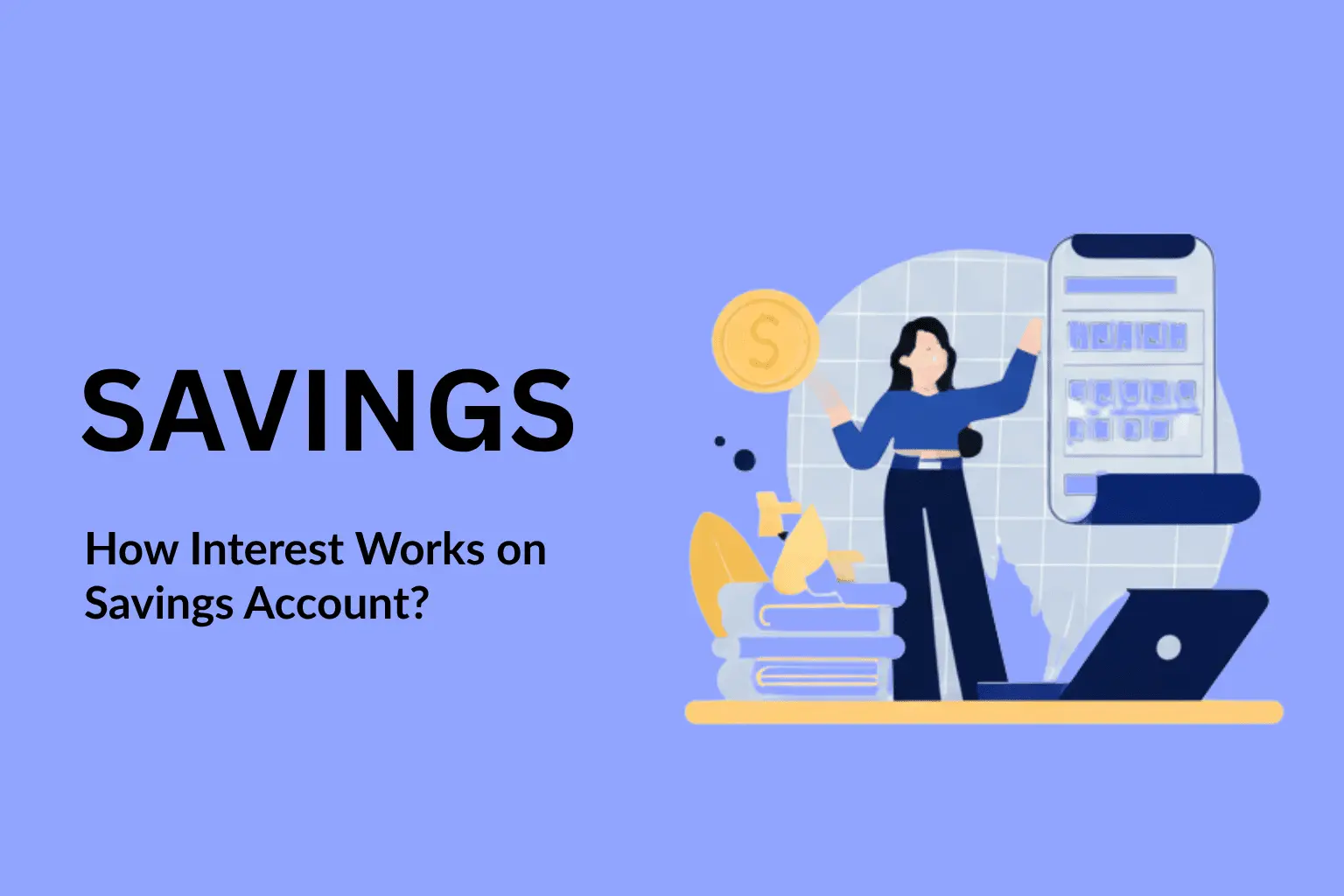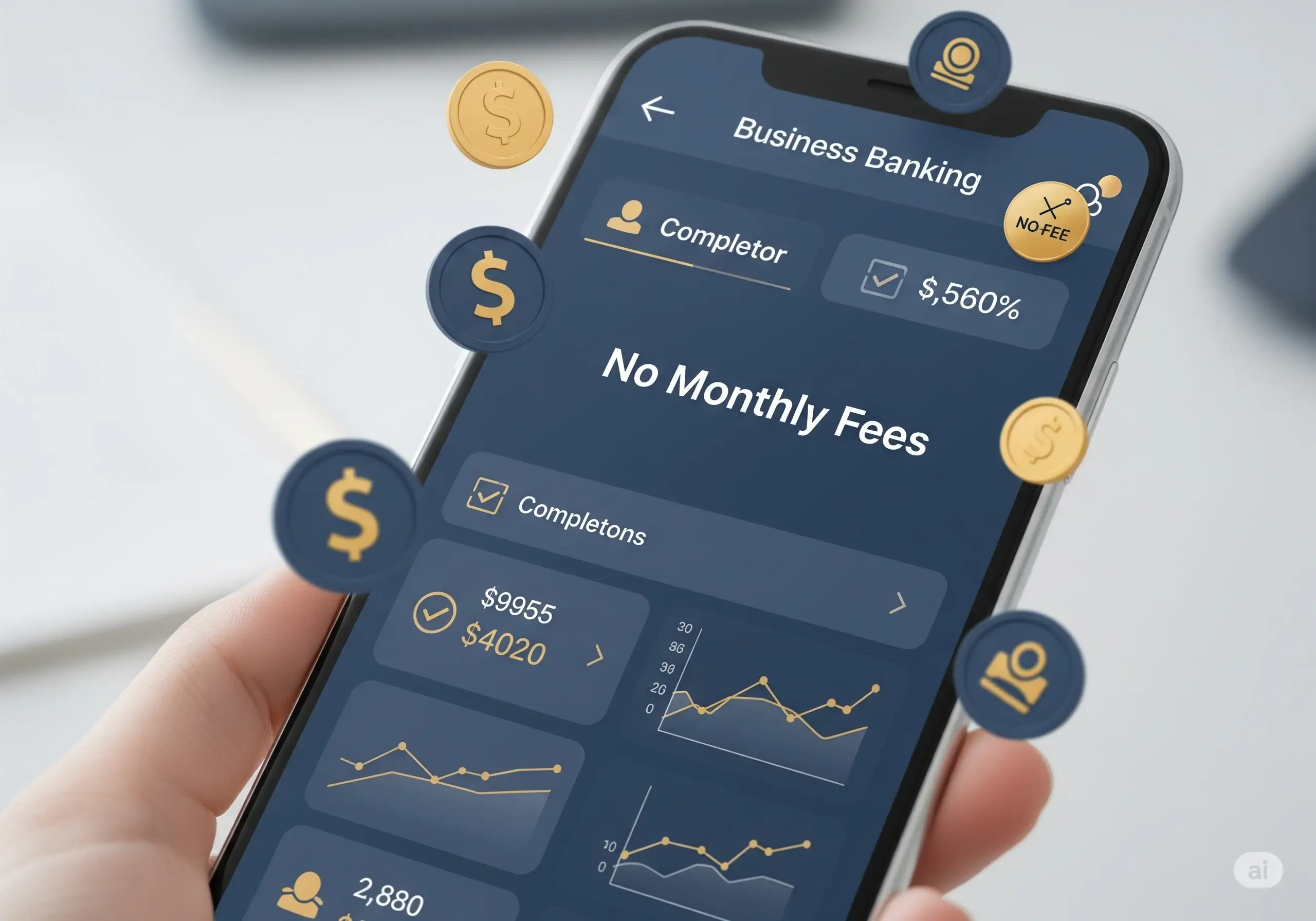Last Updated: September 28, 2025
What Is a Savings Account?
A savings account is a secure place to store your money while earning interest over time. Offered by banks and credit unions, it’s designed to help you save for short-term goals, emergencies, or future needs. Unlike a checking account, it’s not meant for daily spending but for growing your funds safely.
Savings accounts are FDIC insured (up to $250,000), meaning your money is protected even if the bank fails. This makes them a low-risk option for individuals, families, and professionals looking for stability. Plus, with most accounts, your money remains accessible when you need it via online transfers or ATM withdrawals.
- A savings account helps your money grow passively over time.
- Choose high-yield savings to earn more interest with no risk.
- Compound interest rewards long-term saving and consistency.
- Automate deposits to build your savings without thinking about it.
- Keep your emergency fund in a liquid, interest-earning account.
In 2025, many Americans use high-yield savings accounts to earn better interest rates compared to traditional savings. These accounts can help your money grow faster through compound interest without exposing you to market risk. Whether you’re saving for a trip, a home, or peace of mind, a savings account is a smart first step.
How Does a Savings Account Work?
When you open a savings account, the bank pays you interest just for keeping your money there. Banks use your deposits to fund loans, and in return, they give you a small percentage back. That’s how your money quietly grows in the background.
Most U.S. savings accounts use compound interest, which means you earn interest on both your original deposit and the interest that builds up over time. This creates a snowball effect the longer you save, the more you earn. It’s a smart way to grow cash without taking on investment risk.
You can add or withdraw money when needed, but savings accounts are best for setting money aside not everyday spending. Access is flexible, but growth is slow and steady. This makes them ideal for emergency funds, goal-based savings, or just keeping your money safe and working for you.
What Is Interest on a Savings Account?
Interest on a savings account is the money your bank pays you for keeping your funds there. It’s like a reward for letting them use your money for loans and investments. Over time, this interest helps your savings grow automatically.
In the U.S., most savings accounts offer compound interest, which means you earn interest on both your original deposit and the interest it already earned. This process repeats over time, helping even small balances grow bigger. The longer you save, the more your money can build.
The interest rate is usually shown as APY (Annual Percentage Yield), which tells you how much you’ll earn in a year, including compounding. High-yield savings accounts often offer higher APYs, especially from online banks. That’s why choosing the right account can make a big difference in your total earnings.
What Is Simple Interest?
Simple interest adds a fixed amount of money to your savings based only on your original deposit. It doesn’t grow over time like compound interest does. The amount you earn stays the same every year, no matter how long you save.
Say you put $1,000 into a savings account with a 3% simple interest rate you’ll earn $30 each year. After five years, that’s $150 total, but you’re still only earning $30 a year. Keep in mind, the IRS considers savings account interest taxable income.The growth doesn’t speed up because past interest isn’t part of the equation.
Simple interest works best for short-term savings or fixed deposits where you need predictable returns. But for long-term growth, it falls short compared to compounding. That’s why most smart savers choose accounts that offer compound interest instead.
The Power of Simple Interest
Simple interest might not seem flashy, but it offers steady, predictable growth especially useful when you want to know exactly how much you’ll earn. It calculates interest only on your original deposit, making it simple to track and understand. That reliability can be a smart advantage for short-term goals or low-risk savings.
Unlike compound interest, which grows faster over time, simple interest keeps things consistent. You don’t need to worry about changing balances or reinvested earnings. If you deposit $3,000 at 4% simple interest, you’ll earn $120 per year, every year, as long as the rate and term stay the same.
This makes simple interest perfect for products like certificates of deposit (CDs), U.S. Treasury bills, or certain fixed-rate loans. You know the return in advance no surprises, no volatility. That’s ideal if you’re saving for something specific like a vacation, tuition payment, or short-term business need.
Many savers appreciate the low-risk, no-hassle nature of simple interest. It doesn’t require you to track daily interest or monitor compounding periods. You deposit, wait, and collect a fixed return it’s easy, straightforward, and dependable.
While it may not build long-term wealth as powerfully as compound interest, simple interest remains a useful financial tool. It serves its purpose well when stability, clarity, and short-term value matter most. For certain goals, that level of control can be more powerful than unpredictable growth.
| Year | Total Contributions | Future Value at 1% Interest |
|---|---|---|
| Year 1 | $1,000 | $1,010 |
| Year 2 | $2,000 | $2,020 |
| Year 3 | $3,000 | $3,030 |
| Year 4 | $4,000 | $4,040 |
| Year 5 | $5,000 | $5,050 |
| Year 6 | $6,000 | $6,060 |
| Year 7 | $7,000 | $7,070 |
| Year 8 | $8,000 | $8,080 |
| Year 9 | $9,000 | $9,090 |
| Year 10 | $10,000 | $10,100 |
What Is Compound Interest?
Compound interest is when your money earns interest not only on your original deposit but also on the interest that builds over time. This creates a snowball effect where your savings grow faster the longer you leave them untouched. It’s one of the most powerful ways to build wealth passively.
Let’s say you deposit $1,000 in a high-yield savings account with 5% compound interest, compounded monthly. After the first month, you earn interest on your $1,000 then next month, you earn interest on the new total, which includes last month’s interest. Over time, that extra growth really adds up.
Most U.S. savings accounts, especially high-yield ones, use compound interest because it helps your balance grow more effectively. It’s ideal for long-term saving goals like building an emergency fund or planning for retirement. The key is to let your money sit and grow with time.







